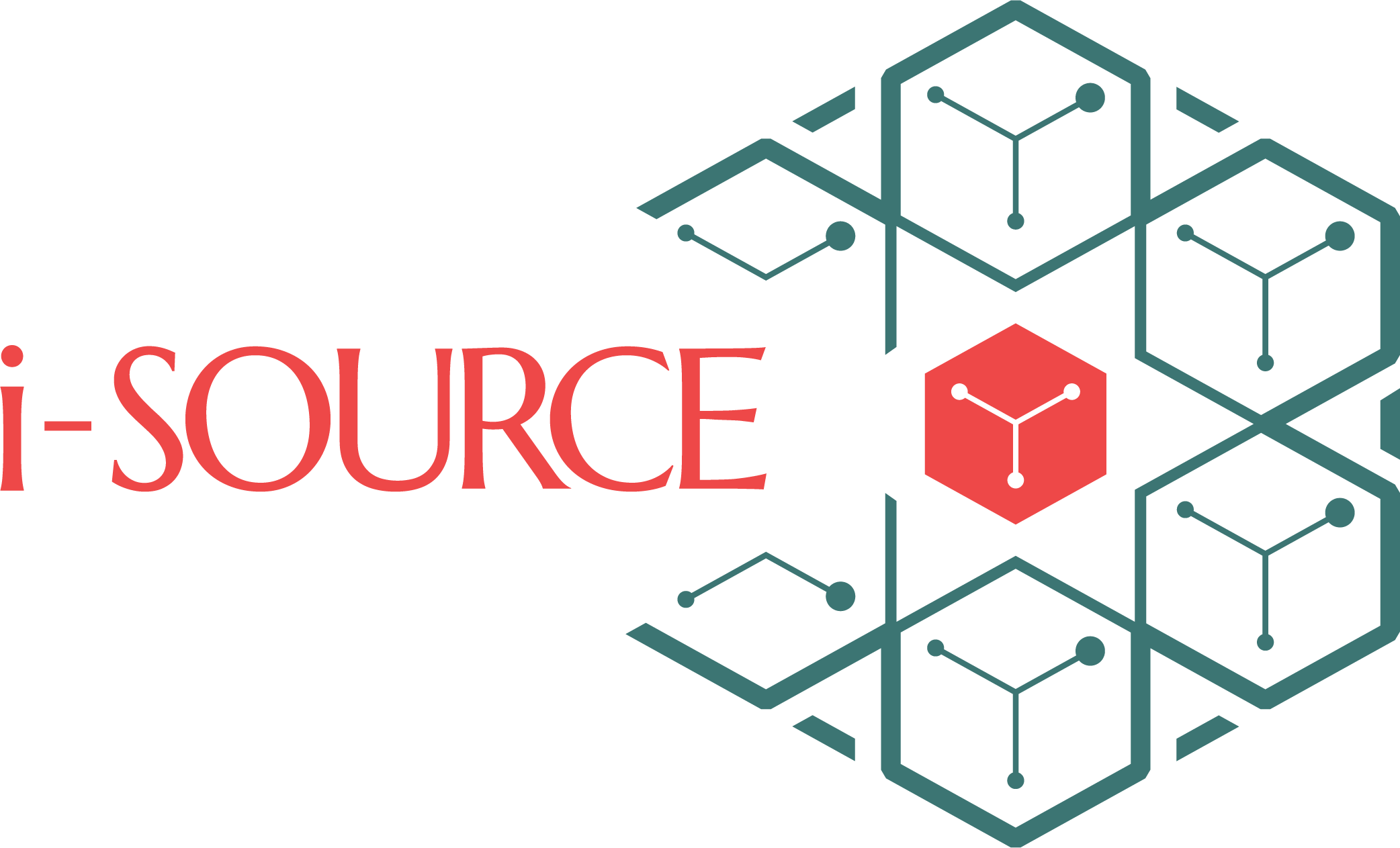Managing application modernization
A survey by Wakefield Research last year reported that an astonishing 92% of enterprises were working on at least one application modernization project. Perhaps, not quite as surprisingly, nearly 80% also said that these efforts had not always panned out as per plan. I can attest to the fact that these projects are always complex because they are often linked to systems that are core to essential business processes. Think about the sectors where the maximum amount of activity is underway around application modernization like healthcare, banking, financial services, manufacturing, etc. and look at how the legacy applications under question are foundational to business activity here. While I can’t say what these 80% did wrong, one common mistake is to dramatically shift the focus to the process of migration and the “new” application, leaving the present ecosystem under-served. But migrations of such core systems are not single-stage, lift-and-shift transformations. Most core enterprise products live on. For instance, Oracle, for the fifth year in a row, has extended of support for PeopleSoft, now till 2034. Many times, the legacy apps get integrated into new high-tech tools like chatbots and get augmented with technologies like machine learning, natural language processing, and artificial intelligence. That’s why there’s a considerable period of overlap where the legacy systems and the new applications run together. The transformations we have led successfully, have always paid extra attention to keeping the current application robust and healthy even as the migration is underway. In such situations, we apply resources and skills to manage, maintain, and even grow the legacy application even as we oversee the migration into the new set up. A point appears somewhere down the line, sometimes quickly but often after a couple of years, where it’s clear the legacy system is no longer doing any heavy lifting. That’s when we complete the transition. Stewarding such migrations is a question of managing both ends as well as the middle. Companies that believe that may end up being the fortunate few that don’t experience application modernization failure.
